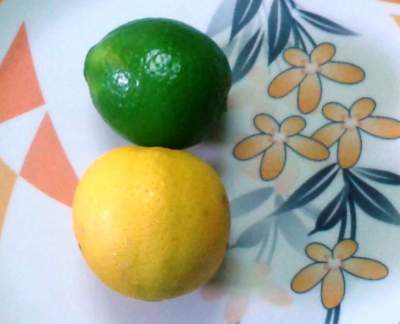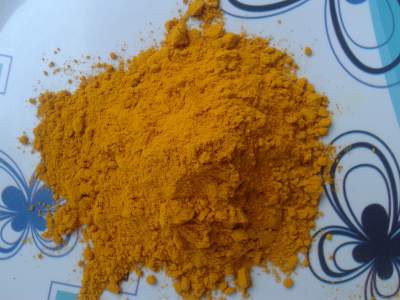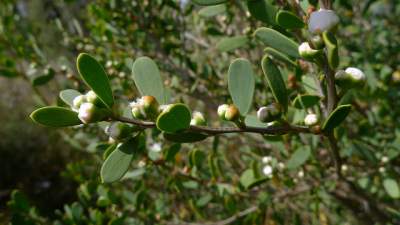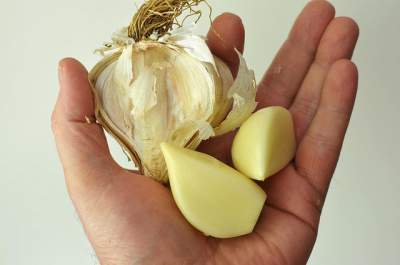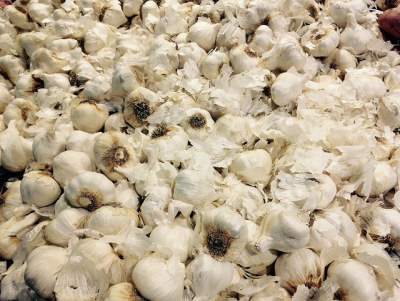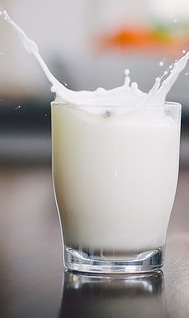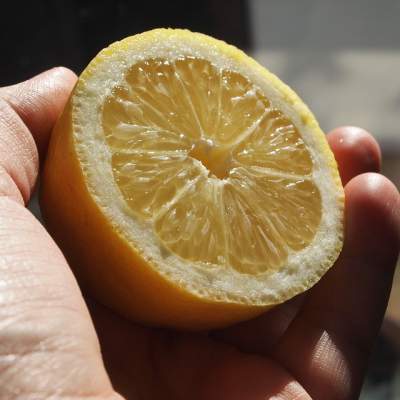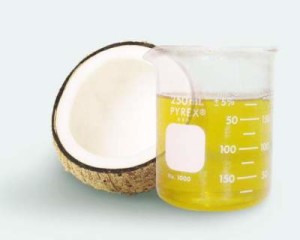In Southern India, you’ll find a bunch of neem trees in every village. I used to visit my grandmother twice a year, where I get to see numerous neem trees and unfortunately once I had to taste its bark, which was horrible. But, after trying it for 2-3 times my taste buds got adapted to its bitterness.
My mother-in-law recently diagnosed with diabetes, along with medicines she started chewing fresh neem leaves. It may sound weird for those who’re unaware of its Ayurvedic benefits.
Neem oil, seeds, fruits and bark exhibits unbelievable medical properties, so you can use neem oil for acne, eczema, psoriasis and other chronic skin diseases. Neem leaves are also renowned to treating chickenpox and measles.
Short Note on Neem Tree
Known as Margosa Tree in English, neem tree is native to India and other parts of Asia. From thousands of years neem has got significant role in Ayurveda. Neem tree belongs to meliaceae family, which is renowned for fast growing and drought resistance. Its dense evergreen shade lasts for about 150-200 years. (1)
Vedas referred neem tree with different names, like Arista, Nimba and Pinchumada. Curative activities of neem are found in Arthashastra, which belongs to 4th century BC. Ayurveda books documented neem as Sarva Roga Nirvarini (universal cure for all ailments). (2)
Southern Indians treat neem as The Holy Tree, it has got significant role in traditional ceremonies. Neem oil is derived from neem seeds and fruits. Though it taste bitter, neem oil is packed with fatty acids like oleic and linoleic acid that can hydrate your skin.
Nutritional Value of Neem Oil for Skin
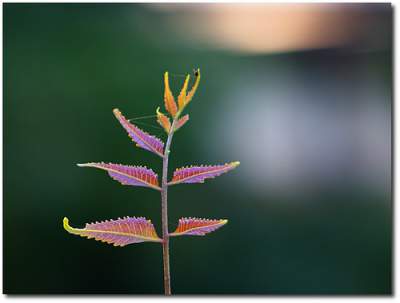
Modern researches carried out on neem conclude it as a pack of exceptional medical properties. More than 140 compounds are isolated from different parts of neem. It has got extensive use in Ayurveda, Unani and Homeopathy treatments.
- Neem oil is packed with anti-inflammatory, antimalarial, anti-fungal, antibacterial, antiviral and antioxidant properties. These curative properties can effectively treat skin infections and other ailments that may damage healthy functioning of the skin. (3)
- Antimalarial agents in neem oil help to restrain malarial parasites.
- Its Hypoglycemic activity decrease blood sugar levels in the body.
- It’s shown that Immunostimulant property in neem oil helps to enhance immune mechanism of the cell.
Assorted nutrients in neem oil can thwart infectious bacteria, fungi or virus and makes your skin smooth and supple.
Awesome Benefits of Neem Oil for Skin
Like mentioned above, neem oil has exceptional role in ancient medicines. Even today most cosmetic industries incorporate neem into their creams and lotions. Along with health and skin benefits, neem oil can be used for healthy hair. Chronic skin infections like eczema, psoriasis and acne can be treated using neem oil.
But, reach an expert (grannies) before playing with this Ayurvedic medicine.
1. Neem Oil for Acne
Studies conclude that acne is triggered due to inflammation and hormonal imbalance, which stimulates over production of sebum. This excess sebum gets blocked at skin pores with dead cells. (Your skin sheds millions of dead cells everyday).
- Anti-inflammatory activity in neem oil can effectively treat pimples or acne lesions by reducing inflammation and redness.
- After treatment, acne scars can lighten with regular use of neem oil.
Mix few drops of pure neem oil to any essential oil, as high concentration of neem oil may irritate your sensitive skin. Alternatively, you can use honey to lighten the acne scars.
Recommended: Green clay face mask for acne
2. Neem Oil for Eczema
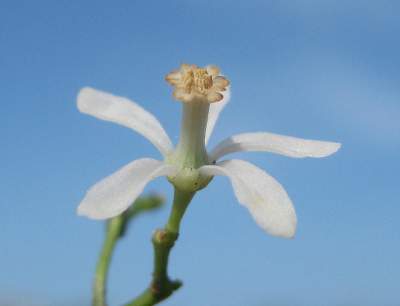
Main cause of eczema is unknown. Anyhow, expert hold hereditary as the cause of eczema flare-ups. Dry skin triggers itching, which can worsen the eczema situation. Unfortunately, you can’t completely treat eczema, but medicines like neem oil can relive its symptoms.
- Antiseptic property in neem oil thwarts infectious fungi.
- Fatty acids and other assorted nutrients in neem oil will penetrate into skin to form a protective layer and lock moisture round it.
- Nimbin compounds residing in neem helps to reduce redness and swelling of the skin.
Also read: Coconut oil for eczema and psoriasis
3. Prevents Aging Wrinkles
Rich concentrations of antioxidants packed in neem helps to fight free radicals, which may damage the cell and promote wrinkles. Vitamins and fatty acids packed in neem oil, enhance elasticity to reduce wrinkles and fine lines.
Wash your face with cold water and pat dry. Then apply diluted neem oil over wrinkles.
Recommended: Shea butter for wrinkles
4. Fights Fungal Infection
Infections like ring worms, nail fungus and athletes foot are triggered by fungi. Neem oil has powerful anti-fungal properties that can kill fungi. Research carried out shows that neem oil can fight 14 different types of fungi.
Compounds in neem oil, namely gedunin and nimbidol play crucial role in fighting infectious causing fungi.
5. Moisturizes Your Dry Skin
As mentioned above dry skin is the main cause of most skin disorders. When natural oil striped from your skin, it gets invaded by various infectious bacteria.
Fatty acids in neem oil penetrate into deeper layers of the skin to hydrate it from the outside and to get rid of dry skin.
Must read: Potato face mask for dry skin
6. Neem Oil for Hyperpigmentation
Alarming levels of pollution and impurities gets piled over your skin. Also excess exposure to UV rays, increase production of melanin leading to pigmentation.
Neem oil has cleansing properties that will wipe impurities off the skin. Also the melanin production is slowed down resulting in fairer skin.
Must read: Mango facial mask for skin whitening
7. Neem Oil for Psoriasis
Just like eczema, mere cause of psoriasis is unknown. Psoriasis is accompanied by vigorous itching and dry skin. Moisturizing these dry itchy patches will relieve you from psoriasis symptoms.
Before trying neem oil on skin, conduct a patch test. Or mix neem oil with any other natural oils. Topically applying neem oil will instantly relieve you from itching and hydrates itchy patches.
You can find neem oil from local store or through online store.
Important Note:
- Refrigerant activity in neem oil can decrease your body temperature, so use it with caution in cold. If you see nausea, vomiting and loose stools reach your physician immediately.
- Though neem oil is not associated with any serious harmful side-effects, high concentration of neem can be toxic. Especially, children, pregnant women and sensitive skin people are recommended to limit the use of neem oil.
Image source: 1, 2
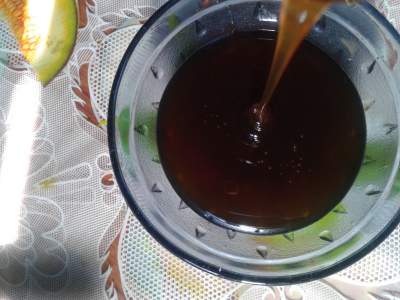
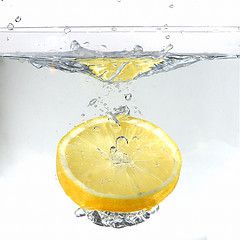 Vitamin C and A residing in this mask will boost collagen production, which will enhance elasticity of the skin. For best results experts recommend using manuka honey, its expensive but packed with exceptional nutrients. Take 1 tbsp of honey and squeeze few drops of lemon juice to it. After mixing thoroughly, topically apply it over the stretch marks.
Vitamin C and A residing in this mask will boost collagen production, which will enhance elasticity of the skin. For best results experts recommend using manuka honey, its expensive but packed with exceptional nutrients. Take 1 tbsp of honey and squeeze few drops of lemon juice to it. After mixing thoroughly, topically apply it over the stretch marks.

